Are Chief Marketing Officers — CMOs — losing their relevance in the C-suite? And if so, can data and experimentation turn things around for them? Laura Patterson offers her opinion on the changing role of the CMO on the Intended Consequences Podcast
I was having coffee with an old colleague, Laura Patterson, here in Austin.
Laura advises businesses on all aspects of their marketing functions. Here at Conversion Sciences, we focus on only one piece of the puzzle, the digital channel. So, I have a lot of respect for her ability to bring together all of the pieces that make up a modern marketing effort.
Advertising. Brick and mortar retail. Online retail. Branding. Merchandising. Customer experience. Digital technologies. Messaging.
When I talk to her, I get a new appreciation of just how much CMOs have on their plates. If anybody’s going to know what’s going on with CMOs, it’s Laura.
Then she said something about CMOs that stopped me in my tracks.
Laura Patterson is the founder of VisionEdge Marketing. Like me, Laura has been focused on performance marketing and the proper use of data since before it was “cool.”
So I was left speechless when she said, “CMOs are abdicating their strategic position in their businesses.”
Laura is not the kind of person to jump to conclusions, so I had to take notice on the changing role of the CMO.
A few weeks later, I was on a panel with friend and fellow marketer Janet Driscoll Miller. She reminded the audience — and me — of a Fornaise Marketing Group study of 1200 CEOs that found 80% of them did not trust and were not impressed by the work done by traditional Marketers. By comparison, 90% of them trusted their CIOs and CFOs. There’s a link in the show notes.
I did some additional research and found more incriminating news. Forrester recently reported that “dozens” of major brands had eliminated the Chief Marketing Officer position altogether, brands like Johnson & Johnson, Kellogg’s, Taco Bell, and Netflix.
I wanted to get to the bottom of this. Were we part of the problem, or was data going to save the CMO? I invited Laura to join me here in the offices of Conversion Sciences and tell us what she knows.
So, why does Laura believe CMOs are losing their seat at the table in the C-suite?
Today’s CMO has New Titles
“Why are we seeing the emergence of some of these really interesting titles like Chief Customer Officer, like Chief Growth Officer?
Because we are seeing those titles beginning to emerge. And it concerns me that many times when you read the job descriptions, these are job descriptions that reflect the kinds of things that marketing leaders used to perform.”
The Changing Role of the CMO: B2B vs. B2C
“Companies that have a long sales cycle, that’s a consultative sell. They have a variety of people in the decision making process. That’s a B2B kind of process.
Walking through the checkout lane and trying to make a decision about whether I should get a candy bar, that’s B2C.
It might be that I have to do an extra run, but I’m not gonna get fired for that. But we do have B2B buying processes that occur in the consumer world, like buying a house.”
Advice for CMOs: Traditional Marketing vs. Digital Marketing
“I would say that the number one thing that any CMO can do right now that would signal that they are taking a more strategic stance and want to be more of a strategic partner is how they frame the marketing plan.
Many people are being asked right now to give a budget. Didn’t even have a plan yet, but they’re talking about money.
End of year budget planning and budget planning for a lot of people means they’re going to open up whatever document they used last year for their planning and their budget.
They’re going to make some decisions off the cuff about what they’re going to do next year in terms of events or campaigns. Maybe they’ll look at some data. They’re going to put a number on it.
They’re going to do some finagling and they’re going to submit a budget. That’s not a plan. It’s a budget, it’s a budget.”
Strategic Focus: The Critical Role of Customer Engagement
“Many of these marketing people may or may not even know yet what the three to five things are that the company has to do next year in order to win.
They may have some general idea they want to grow, but we don’t market to buckets of revenue and we can’t just say grow. We need to be very clear.”
The First Question: Show me the Business Growth
“My first question to any CMO is, “What are the beachheads?”
That’s a great question. And if I don’t know that and they don’t know that, how can we put a plan together?”
Signs You’re Chief Marketing Officer is in Trouble
“The signs that you’re in trouble: [the CEO and board] starts just relegating you to running programs.
“Random acts of marketing.” If you’re if you’re doing random acts of marketing, you’re probably going to see some red flags around that.”
When you get back to the office…
I’ve always seen data as a tool of empowerment, a way to level the playing field and a way to truly understand those crazy people we call customers. And who’s in a better position to access this data than the CMO?
But data doesn’t change cultures on its own. It needs a fertile soil of experimentation to take root in. Otherwise, it is just numbers that can be used when they’re going up and to the right, and discounted if they tell the wrong story.
A culture of experimentation can be pushed from the top, from the CMO down. It can also be nurtured from the bottom, from you.
It’s time for marketers to put the data we have to use. For you, it all starts with your next experiment or research. It starts the next time you log into analytics, and click beyond the dashboard report, deep into the souls of your prospects and customers.
Because, if not Marketing, then who will do this?
Who’s Replacing Chief Marketing Officers and Why? Show Notes
CMOs are in a ‘desperate fight for survival,’ Forrester says.
Mark Gooding of Neustar recap of their study about Marketing needing to improve alignment
Accenture Global CMO study
SpencerStuart 2019 CMO study
Gartner CMO 2019-2020 study
Terms: Changing Role of the CMO
- “Output Metrics”
- “Operational Excellence”
- New titles that denote the changing role of CMO: CGO, CCO, CRO


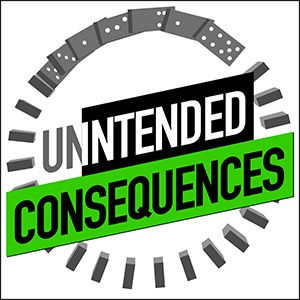




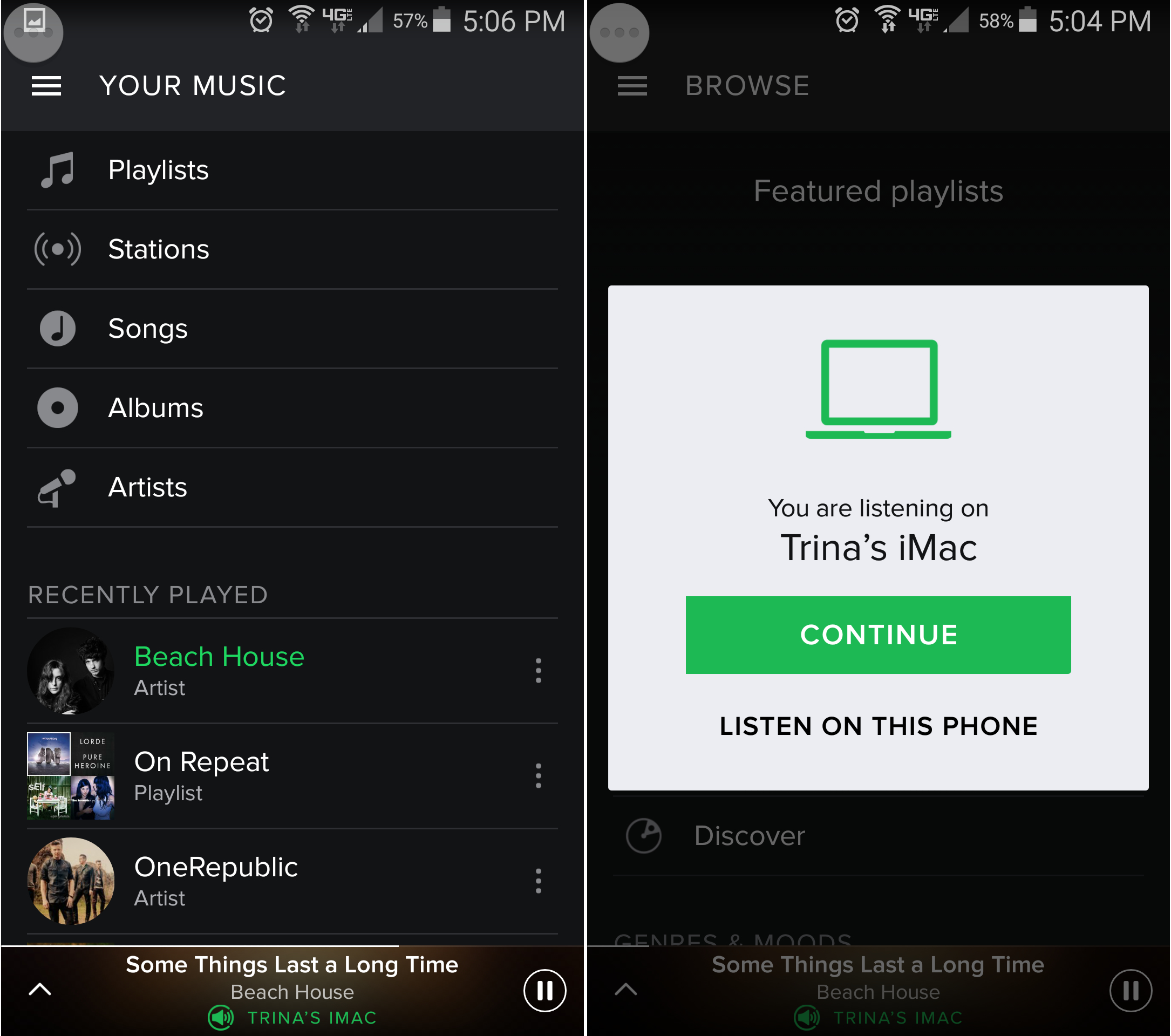



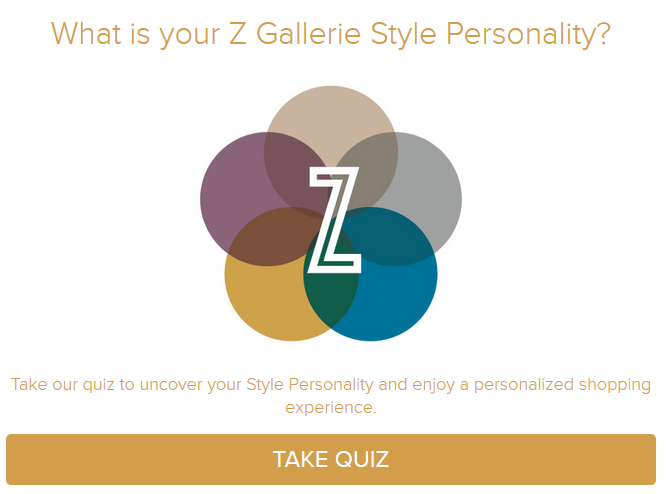


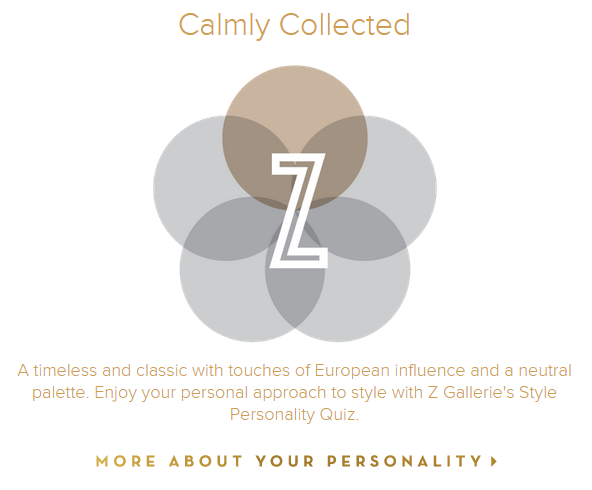
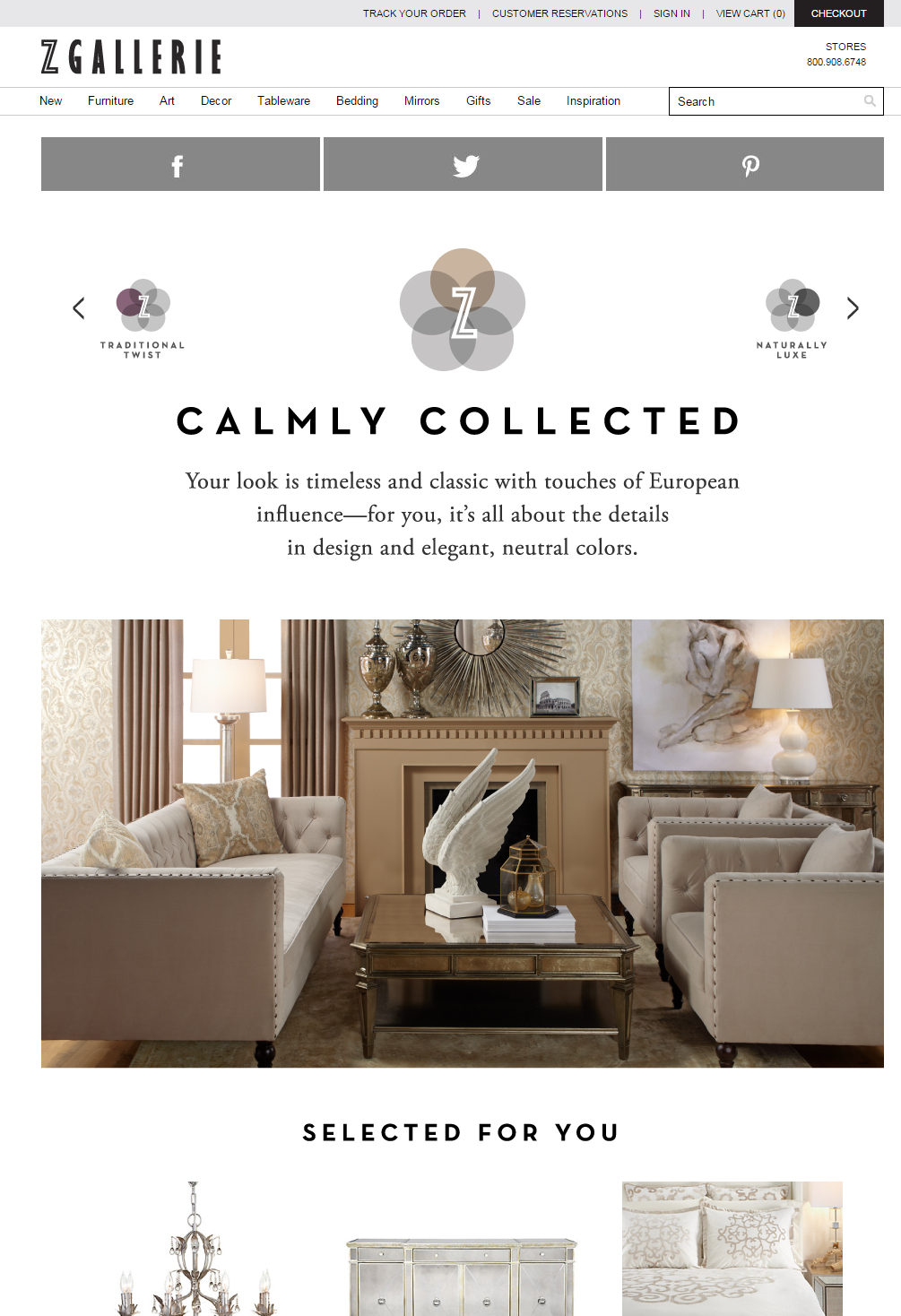
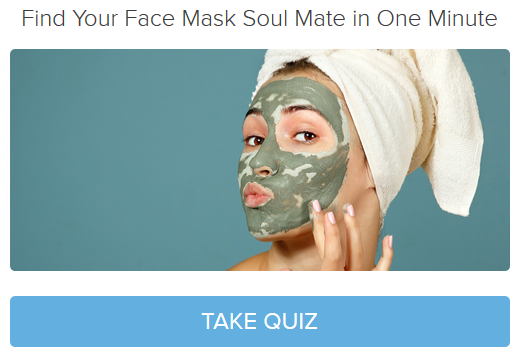

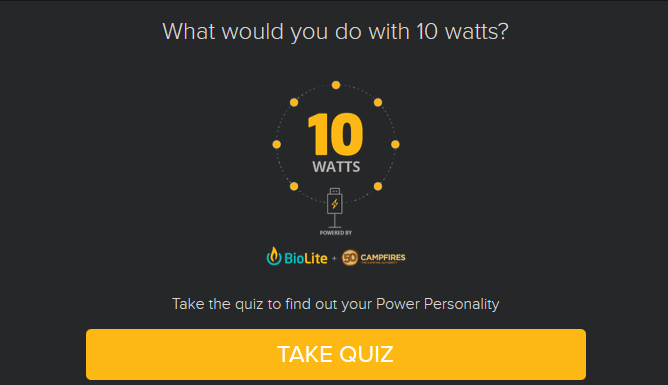



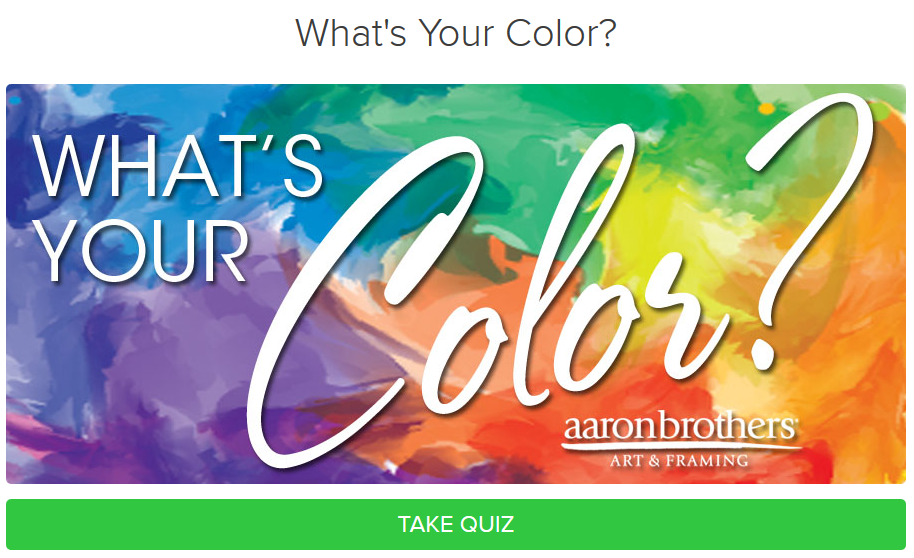
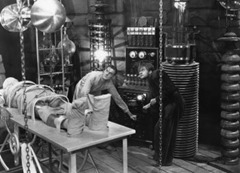 We all know the recipe for success: Reach and Frequency. To grow your business, marketing needs to reach more people more often. Translation: “Work harder.” The modern marketer is responsible for
We all know the recipe for success: Reach and Frequency. To grow your business, marketing needs to reach more people more often. Translation: “Work harder.” The modern marketer is responsible for






